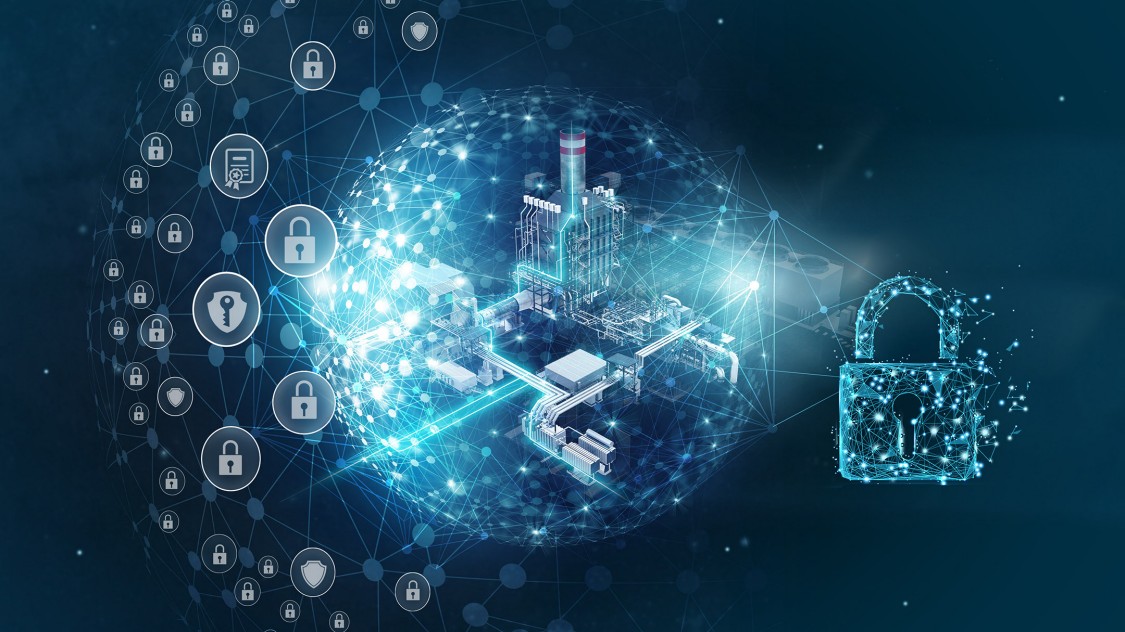Today’s rapid technological developments have rendered embedded systems indispensable components of daily life, from smartphones, smartwatches, home appliances and cars all the way down to embedded sensors in cars and aircraft. Unfortunately however, as their use grows increasingly widespread there has been concern raised regarding energy consumption by these devices and its effect on our planet – for which this article explores strategies of optimizing embedded system energy use by embedded design company based on various techniques & strategies which aim at optimizing it further.
Understanding Energy Consumption in Embedded Systems
By their nature, embedded system service possess limited resources including power, processing capabilities and memory storage space; as a result optimizing energy consumption becomes crucial to ensure their efficient functioning. Energy use within embedded systems can generally be divided into two groups – dynamic consumption (DEC) and static (SC).
Dynamic Energy Consumption:
Dynamic energy consumption refers to the power used by active components within an embedded system such as processor, memory and peripherals for their operations, such as processors, RAM memory or peripherals. To minimize energy waste while keeping performance optimal use techniques such as power gating, dynamic voltage scaling or frequency scaling could reduce this wasteful use of electricity.
Static Energy Consumption, more commonly referred to as leakage power, refers to the electricity consumed by systems when they are idle or running at lower-than-usual power levels. The majority of this leakage power comes from leakage current in transistors and other components leaking electricity at idle states or low power states; to reduce static energy consumption techniques like power gating and clock gating can help.
Optimization Techniques for Energy Consumption Power Gating:
Power gating refers to selectively disabling certain parts or subsystems of an embedded system when they’re no longer needed in order to conserve power consumption. This reduce overall consumption, and alleviates static energy use by cutting power from inactive parts of the system.
Dynamic Voltage Scaling (DVS):
Dynamic voltage scaling is a technique which adjusts supply voltage based on components’ workloads. By decreasing supply voltage during periods of lower activity, energy costs may be decreased substantially while simultaneously upholding system performance and reliability. To implement dynamic voltage scaling effectively requires finding an equilibrium between energy savings and upholding performance and reliability within any system’s framework.
Frequency Scaling:
Similar to DVS, frequency scaling involves altering a component’s clock frequency according to its workload. By decreasing it during periods of less activity and thus cutting energy use during these low activity times, energy costs may be decreased while at the same time taking account of system requirements for maximum performance.
Clock Gating:
Clock gating involves selectively controlling the clock signal delivered to various components within an embedded system, in order to minimize their power usage and lower static energy costs. By switching off power consumption of inactive components using clock gating techniques this approach has proven especially successful at cutting costs associated with static electricity usage.
Sleep Modes:
An embedded system’s sleep modes and embedded design service allow it to enter an energy-saving mode when not actively processing tasks or idle, conserving power by powering off non-essential components and conserving energy. For enhanced responsiveness, wake-up triggers may also be programmed into sleep modes in order to bring it out of its low power state when certain events or conditions take place.
Key points :
With embedded systems pervading every aspect of our lives and becoming ever more advanced, optimizing energy consumption becomes ever more imperative. By employing energy consumption optimization techniques such as power gating, dynamic voltage scaling, frequency scaling, clock gating and sleep modes we can strike an appropriate balance between functionality and sustainability.
Energy efficiency must be prioritized by embedded system designers and developers in their designs, to reduce environmental impacts while offering exceptional user experiences. Optimizing energy usage not only contributes to bettering our planet but can also extend battery life, decrease costs and enhance system performance of embedded systems. As demand for portable and battery-powered devices surges further, energy optimization becomes even more essential.
However, energy optimization is no simple matter. Each embedded system has different requirements that must be considered when applying any optimization strategies; techniques used may differ accordingly. Therefore, in order to implement effective energy saving strategies it requires extensive understanding of its architecture, workload and power constraints as well as strong collaboration between hardware and software engineers in order to reach maximum energy efficiency.
Energy optimization should be part of every stage in an embedded system life cycle – starting with its design phase when power-saving components and architectures should be selected; and continuing through software running on it; writing efficient code, minimizing unnecessary operations, optimizing algorithms can all make significant impacts to energy consumption savings.
Profiling and analyzing energy use during runtime of any system is also vitally important, using tools and techniques such as energy profilers or power monitors, which provide invaluable insight into where power usage occurs among components and subsystems. By locating energy hotspots or bottlenecks, developers can focus their optimization efforts where energy use has the most significant effect.
As part of energy optimization and performance consideration, it is also critical to carefully examine any tradeoff between energy optimization and performance. While lowering energy usage is beneficial, doing so should not erode system functionality or user experience. Finding an optimum balance between efficiency and performance should always be prioritized.
As well as hardware and software optimizations, user behavior and interaction patterns also influence energy consumption. Informing users on energy-saving practices – like minimizing background apps, adjusting screen brightness settings or turning on power saving modes – may promote responsible energy use.
Conclusion
Energy optimization goes well beyond individual devices; its goal extends to smart homes and industrial applications where multiple embedded systems work collaboratively towards common goals. Coordinating energy-optimization efforts across these systems can result in considerable energy savings while creating a more sustainable future.Energy optimization is an integral component of designing and creating embedded systems in today’s digital environment, especially given how often newer versions come online with greater energy consumption requirements than their predecessors. The biggest semiconductor company will help you get good deals.





















Leave a Reply